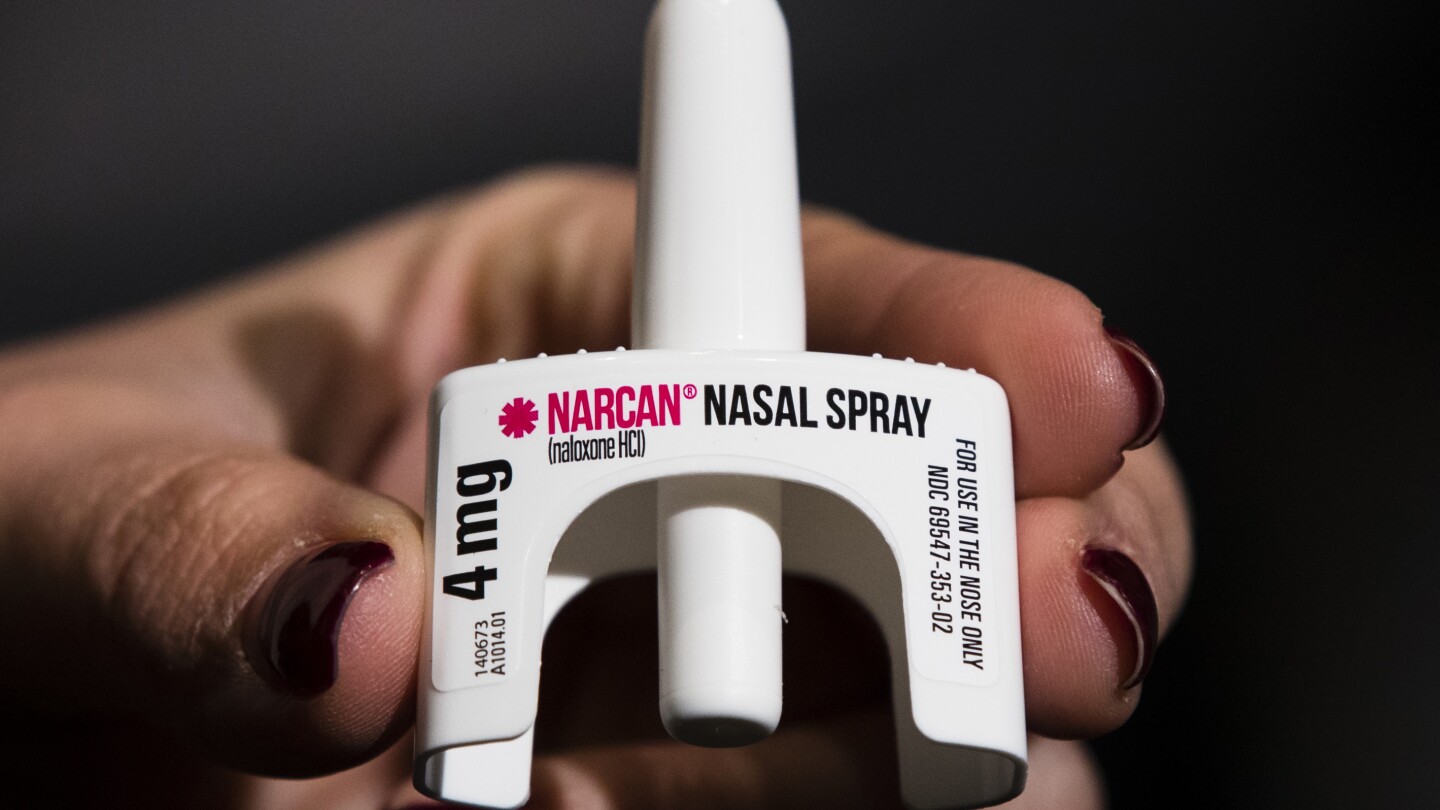Opioid Epidemic Resource Guide
The Opioid Epidemic Resource Guide is an essential resource that local and state government agencies are working to combat through prevention, treatment, and enforcement strategies. The epidemic has devastating effects on communities, requiring a coordinated response to reduce overdose deaths, support recovery, and hold accountable those responsible for illegal distribution. We’ve included tools like an interactive map of drug overdose deaths and a fentanyl overdose primer for medics. There are grant leads, news, and insights into topics like the public bathrooms crisis and strategies to increase treatment, intervention, and education.
The grants allow the state “to invest in programs that improve reentry outcomes and reduce the likelihood that a person will reoffend in the future”
A study by Ohio State University and the National Registry of EMTs highlights the importance of the public’s help and calls for more awareness
Recruitment, the opioid epidemic, climate change and mental health challenges are just as significant for public safety now as they were in the heat of the campaign
Under the OneOhio plan, 30% of the money would go to community recovery efforts handled by local governments.
The proposal, modeled after a law Texas enacted last year, would give Attorney General Derek Schmidt’s office oversight of local officials’ decisions to hire outside attorneys.
Other states are starting to emulate what has become known as the “Arizona model” for crisis care
Suicide is a complicated subject – with no easily identifiable, one-size-fits-all solution – but that hasn’t stopped communities all over the country from making meaningful strides to help those citizens who would intentionally self-harm
Some of the money could also pay for an expansion of career counseling and skills training for people in jail or recently released from jail.
As more women in Minnesota seek out help for addiction, service providers are stepping up to help reduce barriers to treatment.
There have been signs of discord between state and local governments across the country about how any settlements would be divided among them. Ohio officials are hoping to avoid this with a preemptive agreement.
Lawyers for plaintiffs say people should file claims even if they’re not sure Purdue’s drugs were involved in their injuries.
“They were coming to the hospital, no prenatal care, no medication-assisted treatment, so the babies were worse. (But now) the moms are getting treated. We’re trying to relationship build, get them on their right two feet,” said nursing manager Lisa Shafer.
The Akron Fire Department responds to 90 to 100 overdoses each month, with about 10 percent ending in deaths
The Hudson Valley Interlink Analytic System is among a number of surveillance systems being adopted around the country by police, government agencies and community groups
An Olympia doctor is working to spread an opioid addiction treatment philosophy called “medication first.” The surprising approach scraps requirements for counseling, abstinence or even a commitment to recovery. But this may be a tough sell in other parts of the country.
According to a new report from the National Judicial Opioid Task Force, courts need to address the opioid epidemic from a public health perspective.
In a controversial ruling last month, a federal judge found that the purpose of a proposed safe injection site was not to facilitate drug use, but rather to save lives and reduce drug consumption by helping more people get into treatment.
The opioid epidemic appears to be subsiding in the northwest corner of South Carolina, a region known as the Upcountry. But a new variety of methamphetamine is taking its place as the No. 1 drug of abuse.
Few, if any, people who lost children, spouses and other loved ones stand to receive any compensation from the opioid lawsuit settlements.
MOST POPULAR
- Strengthen park stewardship with grant funding to support safe, vibrant communities
- The 7 habits of highly effective city councilors & aldermen
- Championed by Damar Hamlin, federal bill places AEDs in schools, boosts CPR training
- Stop smoking for good: Try these exercises to curb cravings
- Conn. police department drops college, military requirements for entry-level jobs




















